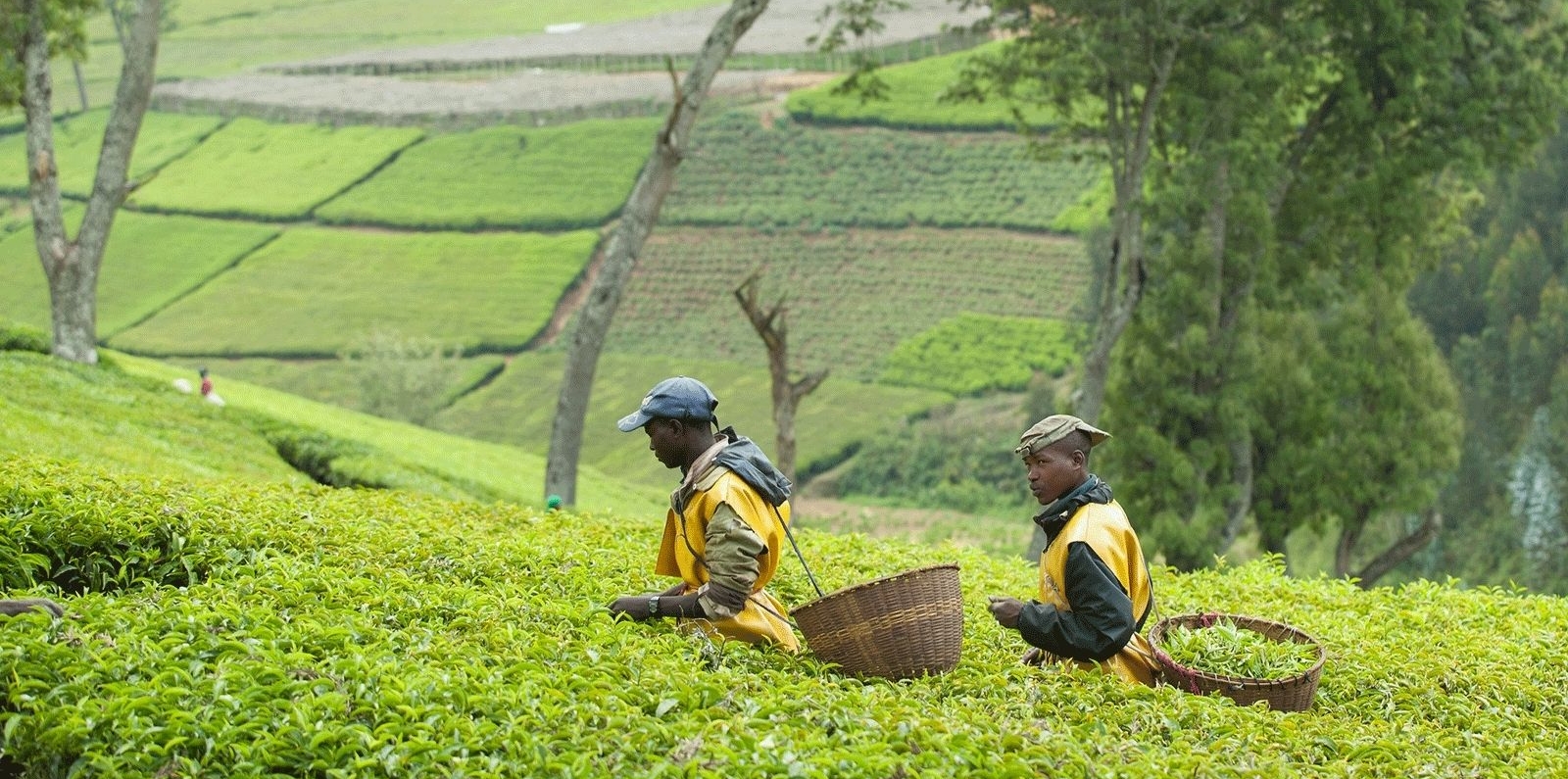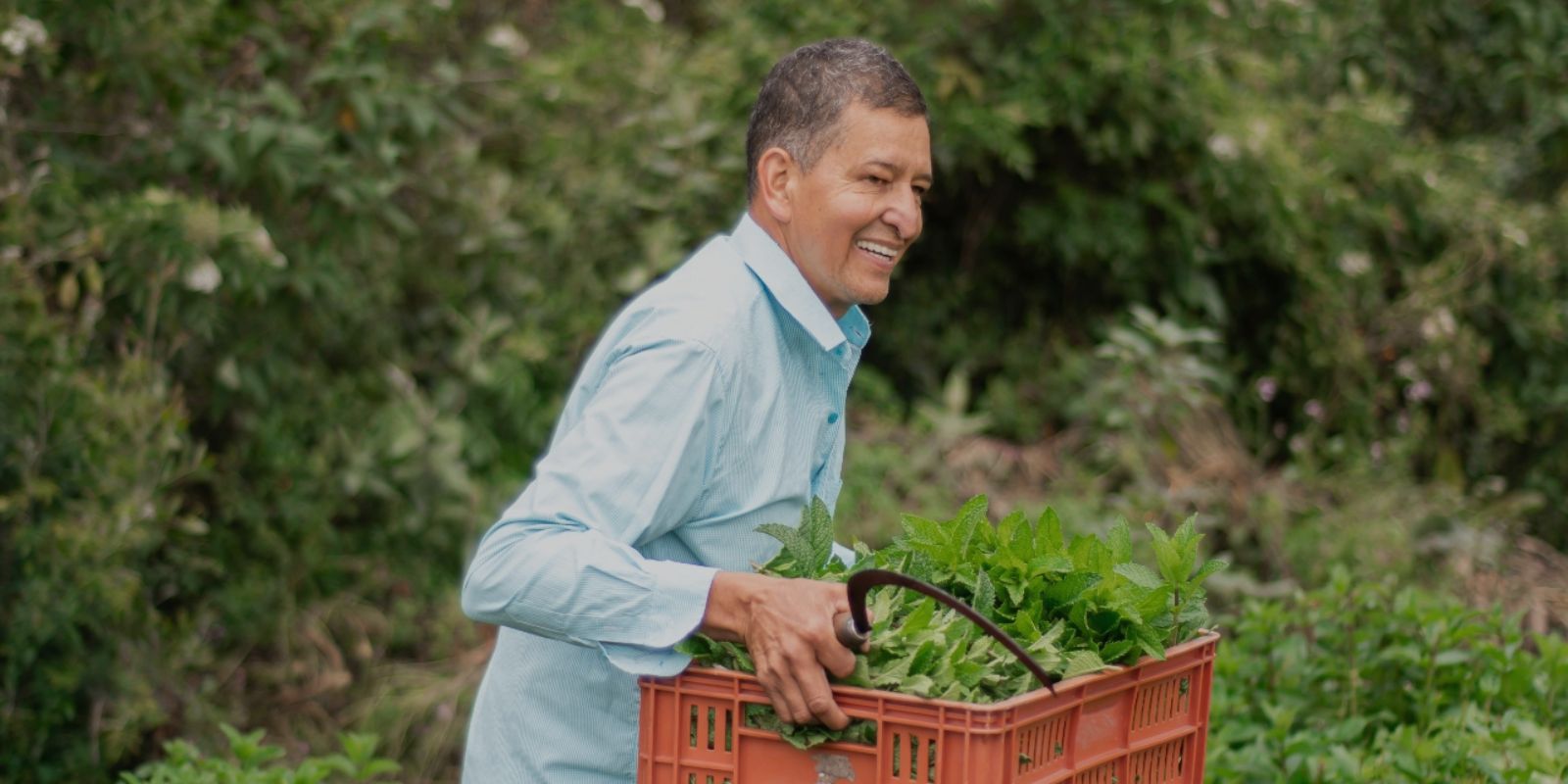“We must urgently address market gaps in financing high-potential but underserved segments of the agrifood sector in low-income countries,” Felipe Dizon, acting program manager, Global Agriculture and Food Security Program (GAFSP), recently told AgFunderNews.
He noted this not long after GAFSP launched a new $75 million investment window to accelerate financial innovations supporting smallholder farmers and micro, small and medium enterprises (MSMEs) in the agrifood sector in some 77 low-income countries.
The problem they’re trying to solve? Global hunger. In Africa, home to the majority of low-income countries, at least 20% of the population – over 280 million people – face hunger. The situation is similar in parts of Asia and Latin America.
And there are just six years left to achieve Goal 2 of the United Nations Sustainable Development Goals to be free of hunger by 2030.

Lack of finance: the perennial challenge for reducing hunger
For most poor nations, climate change, resource scarcity, and access to finance have emerged as the key challenges in the quest to fight hunger. Finance, in particular, has become a perennial challenge for farmers and food producers beholden to crop cycles and seasons.
In July, the UN released its “State of Food Security and Nutrition in the World” report showing that 63% of low and middle-income countries cannot finance their food security. In essence, some 119 countries have limited or moderate access to financing for food security and nutrition.
According to the report, the link between limited access to financing and the prevalence of undernourishment is glaring. Countries with limited access had a 23.1% chance of undernourishment compared to 10.4% with moderate and 6.9% with high ability to access financing.
Data by Aceli Africa, a market catalyst mobilizing private capital for the agricultural sector, shows that across Sub-Saharan Africa, only 25% of the estimated $240 billion market for agricultural finance is currently being met. Of the $180 billion annual gap, there is a $65 billion shortfall for small and medium enterprises (SMEs).
As evidenced over the years, traditional financial markets like commercial banks, microfinance institutions, savings and credit co-operatives, among others, have failed to solve the financing challenge in the agricultural sector.
For this cadre of profit-oriented financiers, smallholder farmers and micro, small and medium-sized enterprises (MSMEs) in the agri-food sector are too risky and too costly to serve. More critically, they offer too low of a return.
In Kenya, for instance, only about 4% of all commercial banks’ loan book has been directed to the agricultural sector. The situation is worse in Myanmar where less than 2% of lending by private commercial banks goes to the sector.
Creating global agriculture and food security program
While rich countries have largely managed to address the challenge of finance, they have realized that leaving most of the world behind is imprudent. For this reason, G20 nations together with a retinue of multilateral development financial institutions (DFIs) came together in 2010 and established GAFSP.
For more than a decade, GAFSP has been instrumental in driving access to finance to the agricultural value chains in low-income countries. Today, a global portfolio of 300 projects benefiting 20.5 million people have accessed financing to the tune of $2.5 billion. Of this, nearly 60% have gone towards supporting investments and capacity-building activities in Africa while roughly a quarter has been allocated to South and East Asia.
Following tangible successes, GAFSP is now pushing the boundaries. It has established Business Investment Financing Track (BIFT), a new $75 million investment window to accelerate financial innovations supporting smallholder farmers and MSMEs in the agri-food sector in some 77 low-income countries.
The objective of BIFT is to incentivize public-private partnerships, promote civil society engagement and strengthen co-financing platforms that aggregate funding from a range of investors, including impact investors, asset managers and banks, to support larger, more impactful programs.
Targeting the 77 countries was by design. Most are affected by fragility, conflict, and violence, factors that have aggravated the challenges of food security and agricultural development.
What is BIFT?
“BIFT responds to the growing recognition that business-as-usual practices simply will not get us back on track to end hunger by 2030,” states Dizon.
In essence, BIFT is designed to de-risk investments directed at smallholder farmers, agri-food MSMEs, producer organizations, and startups. The ultimate goal is to ensure access to finance to the whole value chain for them to achieve scale and tap into conventional financing.
BIFT also aims at mobilizing private capital by supporting innovative blended finance solutions. This is a critical component. It opens a new window for supporting projects that may not attract commercial funding due to perceived high risks. Notably, these projects – some at their early stages – hold high potential for development impacts.
To access financing under BIFT, project sponsors need to show that their proposals align with national strategies and ongoing public investments, particularly those focused on building inclusive, climate-smart and nutritious food systems.
The proposals must clearly articulate how their blended finance solutions address financing gaps and meet the needs of smallholder farmers, producer organizations, MSMEs, and agribusiness start-ups, in particular those engaged in the production and marketing of nutritious foods for local and regional markets.
“BIFT is a significant step forward in addressing the smallholder financing gap by unlocking much-needed private capital,” notes Dizon.
BIFT is starting as a pilot that will run through June 2026. In the long-term, however, the vision is to ensure it becomes the cornerstone of food production.
Can BIFT have transformative impacts?
Granted, programs targeting to boost agricultural productivity in low-income countries are not in short supply. Being the latest entrant into the crowded space, the cloud hanging over BIFT is whether it will have widespread transformative impacts.
Dizon reckons it will. The fact that it incentivizes multilateral DFIs to move away from direct investment approaches to blended finance solutions is itself radical.
And by delivering more systemic impacts and solutions for traditionally underserved segments within the agri-food system by fostering linkages, BIFT is bound to bolster inclusive, climate-smart and nutritious food systems in some of the poorest and most vulnerable countries.
“This is not just about financing projects; it is about working with a range of partners to create long-lasting solutions that improve food security, climate resilience and economic opportunities across some of the world’s most vulnerable regions,” observes Dizon.
Across the different regions, BIFT is being implemented in partnership with the African Development Bank, Asian Development Bank, International Finance Corporation, IDB Invest, and the UN’s International Fund for Agricultural Development.





